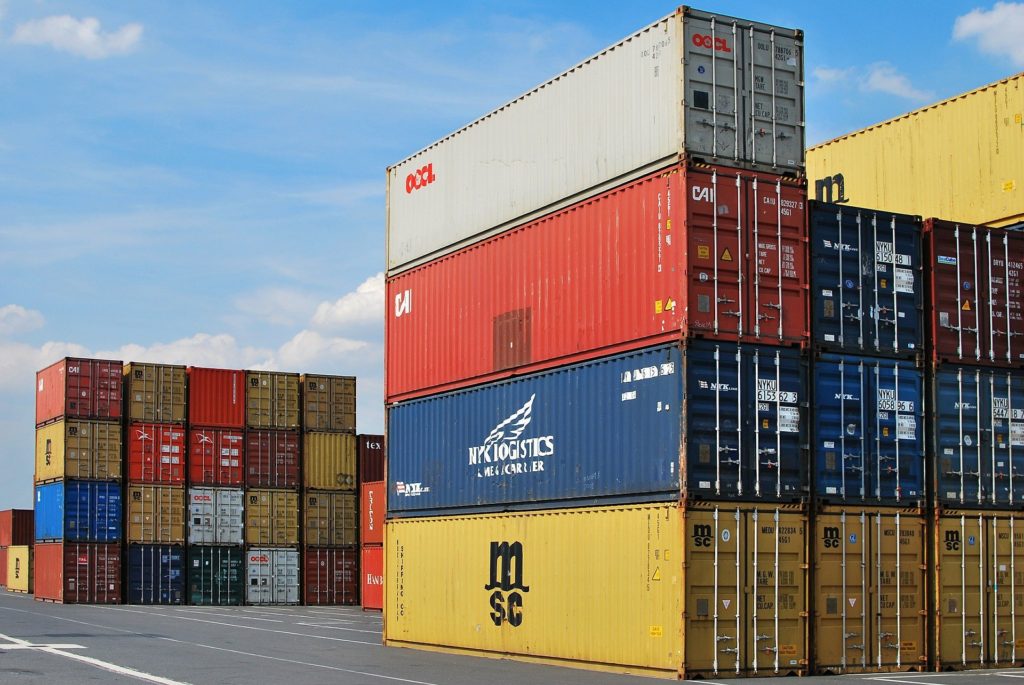Most modern companies try to reduce the role of intermediaries to a minimum in their business model. Some also try to eliminate those intermediaries from the process.
However, for some other businesses, having intermediaries in the process works better. These businesses may, therefore, implement business models that accommodate having third-party intermediaries.
One of the business models that work best for these companies is the distribution-based business model.
What is the Distribution Based business model?
The distribution-based business model is prevalent among companies that use several distribution channels for their products or services. The business model facilitates the shipping of goods and services from manufacturers to consumers. The distribution-based business model ensures that products and services reach consumers efficiently and cost-effectively.
The distribution-based business model is straightforward to follow for most companies. Practically, businesses that use the model perform a diverse range of activities and operations.
These may include detailed logistics, transportation, storage, inventory management, channel management, and warehousing. By using a distribution-based business model, companies can decrease the cost related to all of these.
When it comes to the distribution-based business model, various intermediaries can facilitate the process. These include wholesalers, retailers, agents, jobbers, etc.
Through these distribution channels, companies can reach more customers and increase their distribution channels. Similarly, these companies don’t need to worry about selling and distribution channels. Instead, the intermediaries take care of it.
How does the Distribution Based business model work?
The distribution-based business model includes various intermediaries. A company may look for these intermediaries, or they may contact the company. Either way, the company can manufacture products and allow the intermediaries to handle the distribution channels. These distributors may come in various forms, as mentioned above.
These are several strategies that companies using this model may use. For example, they may use mass distribution for goods or services produced for the mass market.
In this strategy, the marketer will seek out intermediaries that appeal to their specific market base. The manufacturer must have the ability to produce goods or services at a mass level.
Another strategy within the distribution-based business model is selective distribution. With this strategy, manufacturers restrict the number of retail outlets for their products or services.
Although the distribution strategy limits sales and profits, it still has its benefits. Overall, it allows companies to have much better control over their sales and the markets they target.
Companies may also use the exclusive distribution strategy with the distribution-based business model. In this strategy, the manufacturer chooses to deal with a single intermediary or one specific type. It is a strategy that is similar to the selective strategy. However, it allows a better and closer relationship between the manufacturer and its distributors.
What are the advantages and disadvantages of the Distribution Based business model?
There are various advantages and disadvantages of the distribution-based business model for manufacturers and distributors. Some of these are below.
Advantages
The distribution-based business model allows manufacturers to increase their sales. When using a distributor, companies can access a much wider network of customers and channels in new markets. Through increased access, manufacturers can also increase their brand awareness and build a brand name.
Distributors also provide a local advantage to companies. For companies that want to expand into foreign markets, using distributors allows them to benefit from their familiarity with the market. Similarly, distributors bring existing and established business relationships and networks. It helps them quickly promote products in local markets.
Companies can also use a distribution-based business model to outsource their activities. It allows manufacturers to focus on their production process rather than distribution activities. Likewise, it helps them obtain the expertise of distributors cheaper compared to implementing it in-house.
Disadvantages
The distribution-based business model comes with a loss of control. When a manufacturer outsources its distribution to others, it doesn’t get the same control over the process.
The distributor can market the company’s products or services in a style that the company doesn’t prefer. Therefore, conflict may also arise between both parties.
While the distribution-based business model increases sales, it does not result in higher profits. It is because manufacturers must share their earnings with distributors. If the manufacturer doesn’t use distributors, it can get higher profit margins.
Examples
Several companies utilize the distribution-based business model. Among these companies, big names include Nestle, Proctor & Gamble (P&G), and Johnson & Johnson. These are multinational companies that outsource their distributions.
For these companies, the need to use the distribution-based model may arise because of their distinct products. Therefore, they outsource their distribution to focus on their products and services.
Some other companies that use the model include Coca-Cola, Diamond Comic Distributors, Baker & Taylor, Winsupply, Walt Disney Studios Motion Pictures, and Warner Bros.
Conclusion
The distribution-based business model allows manufacturers to incorporate intermediaries in their business model. These manufacturers use distributors to promote their products and services. On the other hand, the manufacturer focuses on the production process. The model has several strategies that companies may utilize.
